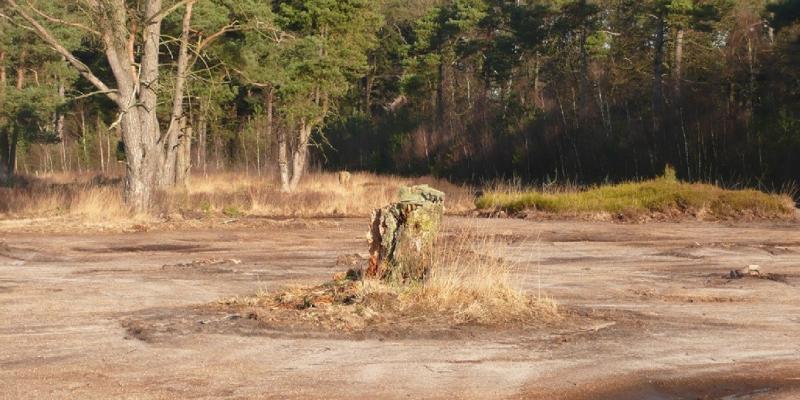Guest researcher calls for focus on phenoforms in soil classification
ISRIC – World Soil Information guest researcher David G. Rossiter recently published “Are soil phenoforms the new normal? Soil classification and soil mapping in the Anthropocene” in the journal Soil Security. In the article, David calls for fundamental adjustment to the classification of soils which takes management history into consideration, building on earlier work by Johan Bouma and colleagues at Wageningen University Research.
Read a note from David below laying his case for including phenoforms in soil classification, and access the full article below.
“The proposed Anthropocene epoch in which we are now living is characterized by intense human intervention on the soil resource. However, soil classification and mapping have traditionally ignored medium-term changes in soil functions. This is because soil mapping is expensive, and mappers have tried to make their maps valid for a long time period. However, the ever-increasing intensity of soil management can cause the same soil, which has developed over thousands to millions of years, to function quite differently.
A typical example is strongly-compacted soils due to intensive tillage with heavy machinery. This greatly changes the soil hydrology: slower infiltration, ponding, increased runoff, reduced root-zone moisture supply and ground-water recharge. This function can be restored with appropriate management. Yet current maps do not show these functional differences in what is, genetically, the same soil. Since soil maps are (fortunately) increasingly used for environmental modelling and land resources assessment, this is a problem.
This paper is a contribution to the emerging field of "soil security" defined by five "C"s: (1) soil Capability (stable properties, natural capital), (2) soil Condition (e.g., conservation, regeneration, degradation and pollution), (3) soil Capital (production, natural, conservation), (4) soil Connectivity to society (soil awareness, education) and (5) soil Codification (soil governance, policy, regulation, law).
I propose that these soil variants, termed soil phenoforms (medium-term and reversible variants) as opposed to soil genoforms (the central concept of the genetic soil) be recognized in soil classification systems and identified in mapping. This implies that the various phenoforms must be identified in the field by their changes in function and associated changes in soil properties, and then related to environmental covariates that can enable them to be efficiently mapped over large areas.
This is a difficult problem and is proposed as a priority for research in soil geography. One possibility is to use a long time-series of land use maps derived from remote sensing products, but it is difficult to infer soil management from these. I hope that this paper will stimulate discussions within both the soil classification and soil mapping communities.”
~D. G. Rossiter
Access the article here: https://doi.org/10.1016/j.soisec.2021.100017
Full citation: Rossiter, D. G. (2021). Are soil phenoforms the new normal? Soil classification and soil mapping in the Anthropocene. Soil Security, 100017. https://doi.org/10.1016/j.soisec.2021.100017
